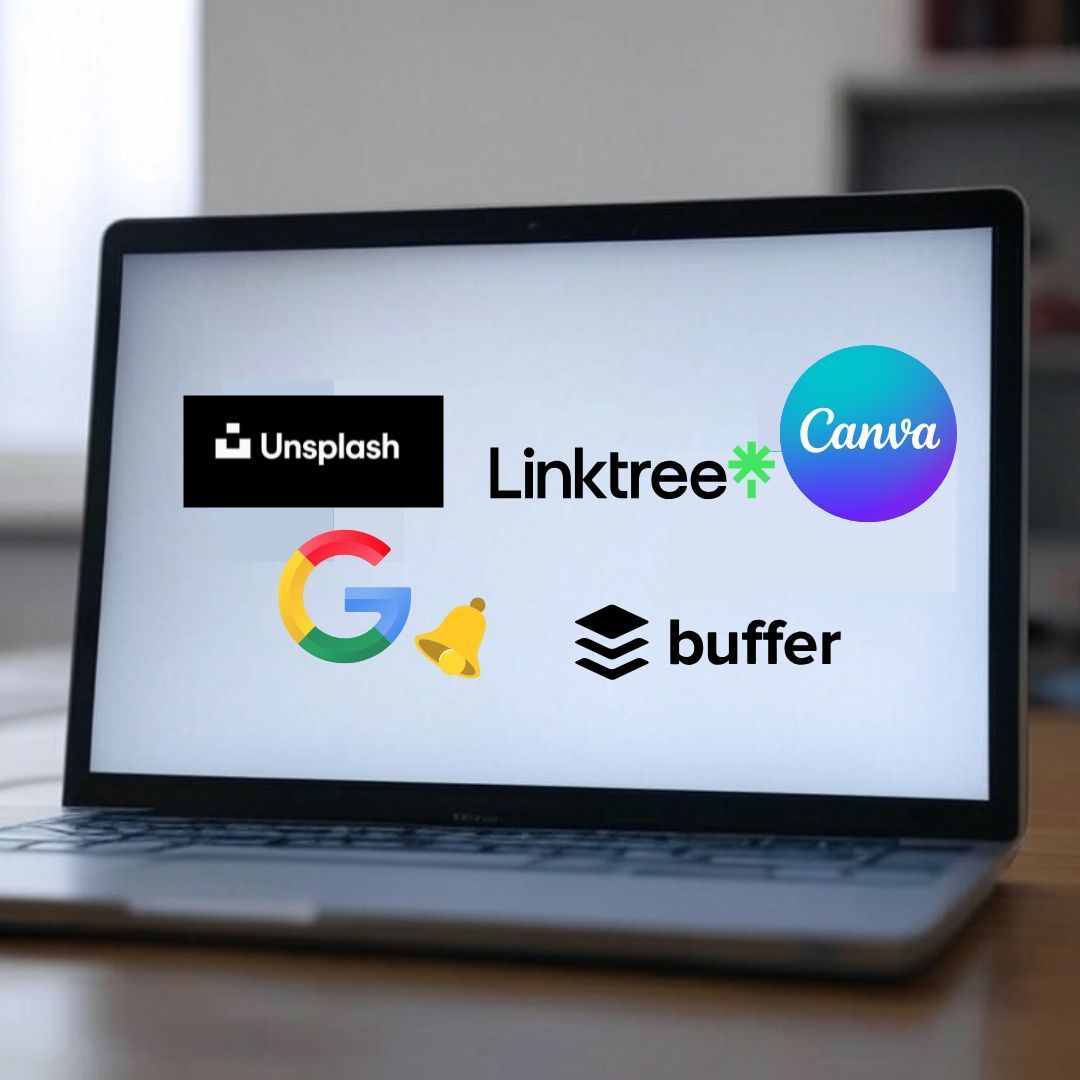CALL US TODAY · 860-248-6993 | Pay Invoice
AIEO vs. SEO: Key Differences Every Small Business Must Know
AIEO vs. SEO: The Key Differences and Why It Matters for Small Business
The digital landscape is shifting beneath our feet. While SEO has been the cornerstone of online visibility for decades, there's a new player in town that's turning heads and changing the game: AIEO. For small business owners navigating this evolving terrain, understanding the distinction between these two approaches isn't just academic—it's crucial for survival and growth in an increasingly AI-driven world.
The Traditional Champion: Understanding SEO
Remember when getting found online meant stuffing your website with keywords? Those days are long gone, but Search Engine Optimization remains fundamental to digital success. SEO is like crafting the perfect storefront window display—it's about making your business irresistibly visible to people actively searching for what you offer.
But here's the thing: SEO isn't just about throwing keywords onto a page anymore. Modern SEO is a sophisticated dance of technical optimization, quality content creation, and user experience enhancement. It's about understanding your audience's intent and delivering value that makes Google say, "Yes, this is exactly what people need to see!"
Take Maria's Boutique in downtown Portland, for instance. They didn't just optimize for "vintage clothing store Portland"—they created detailed guides about sustainable fashion, curated collections of locally-sourced accessories, and built an engaging community around their brand. That's modern SEO in action.
Enter AIEO: The New Kid on the Block
Answer Engine Optimization (AIEO) might sound like yet another buzzword, but it's revolutionizing how businesses connect with their audience. Unlike traditional SEO, which focuses on driving traffic to your website, AIEO zeros in on providing immediate, accurate answers to user queries—often without requiring a click-through to your site.
Think about the last time you asked Siri or Alexa a question. Did you notice how they gave you a direct answer instead of a list of websites to visit? That's AIEO at work. It's about optimizing your content to be the source of those instant answers, positioning your business as the authority in your field.
The Critical Differences That Matter
While SEO and AIEO might seem like cousins, they're more like different species in the digital ecosystem. SEO is about building a path to your website—creating content that ranks well and encourages clicks. AIEO, on the other hand, focuses on being the answer itself, even if it means sacrificing direct website traffic.
Consider this real-world scenario: A local bakery might use SEO to rank for "best chocolate cake recipe," hoping to draw visitors to their blog. With AIEO, they might optimize their content to be the featured snippet that appears when someone asks their smart speaker, "How do I make a moist chocolate cake?" The bakery might not get the website visit, but they've positioned themselves as the expert voice in their field.
Why Small Businesses Can't Ignore Either One
Here's the kicker—you can't just pick one and ignore the other. In today's digital ecosystem, small businesses need both SEO and AIEO to thrive. SEO continues to drive valuable traffic and leads, while AIEO positions you for the voice-search revolution that's already underway.
The statistics are eye-opening: voice search is growing exponentially, with more people using smart speakers and virtual assistants to find local businesses, get quick answers, and make purchasing decisions. If your business isn't optimized for both traditional search and AI-powered answers, you're leaving money on the table.
Practical Steps for Implementation
Starting with AIEO doesn't mean abandoning your SEO efforts. Instead, think of it as evolving your digital strategy. Here's how to begin:
1. Create Clear, Direct Answers
Start by identifying the most common questions your customers ask. Develop concise, authoritative answers that directly address these queries. Structure your content with clear headings and bullet points that make it easy for AI to extract relevant information.
2. Focus on Natural Language
People speak differently than they type. Update your content to reflect natural, conversational language. Instead of optimizing for "best pizza delivery Chicago," consider phrases like "Where can I get pizza delivered in Chicago right now?"
3. Optimize Local Presence
Ensure your Google My Business listing is complete and current. This isn't just good SEO—it's crucial for AIEO, as voice assistants often pull information from these listings when answering local queries.
4. Structure Content for Featured Snippets
Format your content to increase your chances of securing featured snippets. Use clear question-and-answer formats, tables, and lists that make it easy for search engines to understand and display your information.
The Path Forward
The digital marketing landscape will continue to evolve, but one thing remains constant: the need to meet your customers where they are. By embracing both SEO and AIEO, small businesses can create a robust digital presence that serves both traditional search users and those seeking immediate, AI-powered answers.
Remember, success in this new landscape isn't about choosing between SEO and AIEO—it's about finding the right balance for your business. Start small, test different approaches, and always keep your customers' needs at the forefront of your strategy. The future of search is here, and it speaks in complete sentences.
Looking to add more content to your Marketing Strategy?
Click the Chat 💬 widget below and Let's Connect! 🙌🏻
Call or Text
(860) 248-6993
Office Hours
Monday - Friday
9am to 5pm (est)
Need Help?
Schedule a
Consultation
Website Development Services
Small Business Marketing Services
Marketing Strategy & Resources
CAM Marketing Group is a web design and internet marketing company based in Central Connecticut. Highly focused on connecting people to small businesses using Local SEO, Google Ads, Social Media Marketing, utilizing technology like marketing automation, and of course, beautiful websites.
CAM Marketing Group LLC | All Rights Reserved | Supercharged by AWS ⚡️





